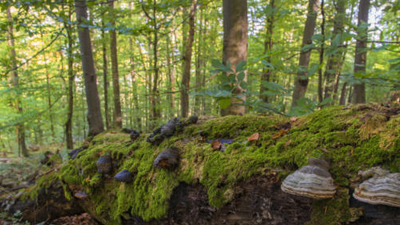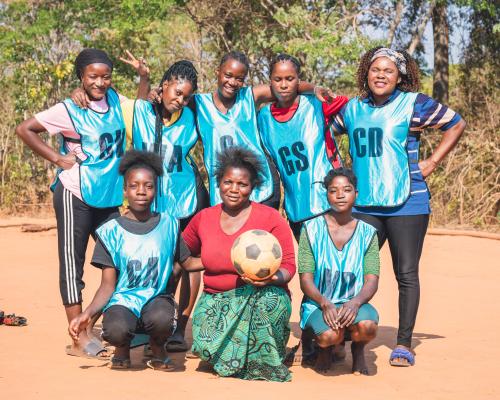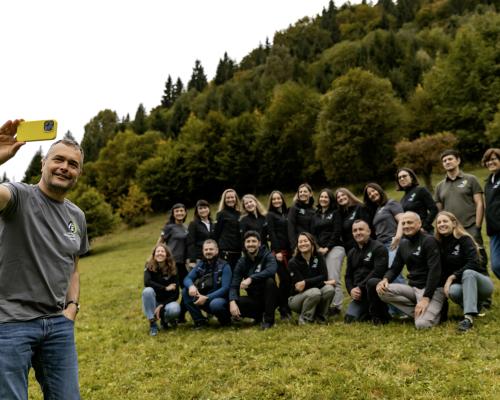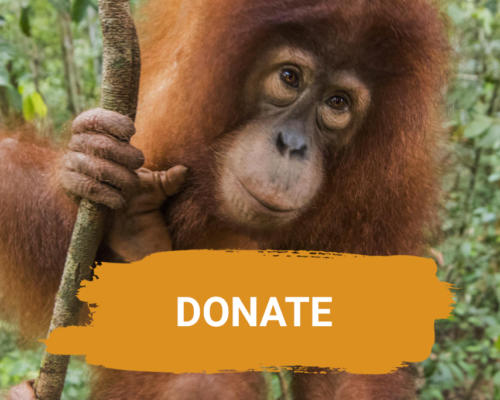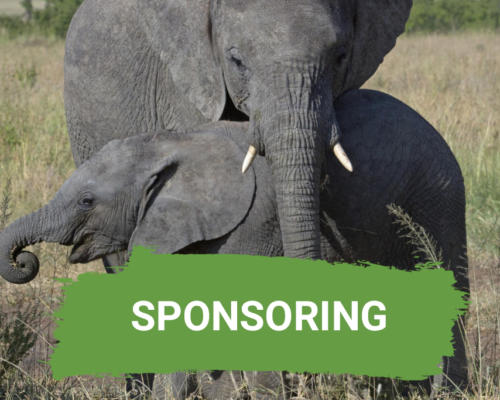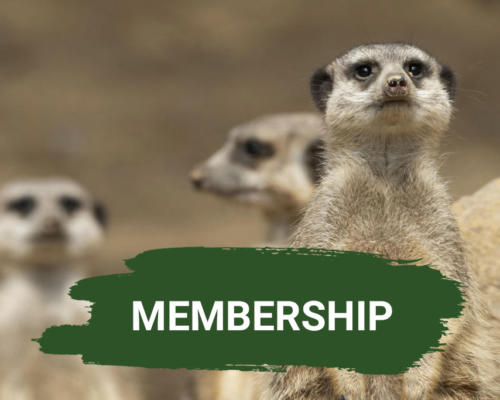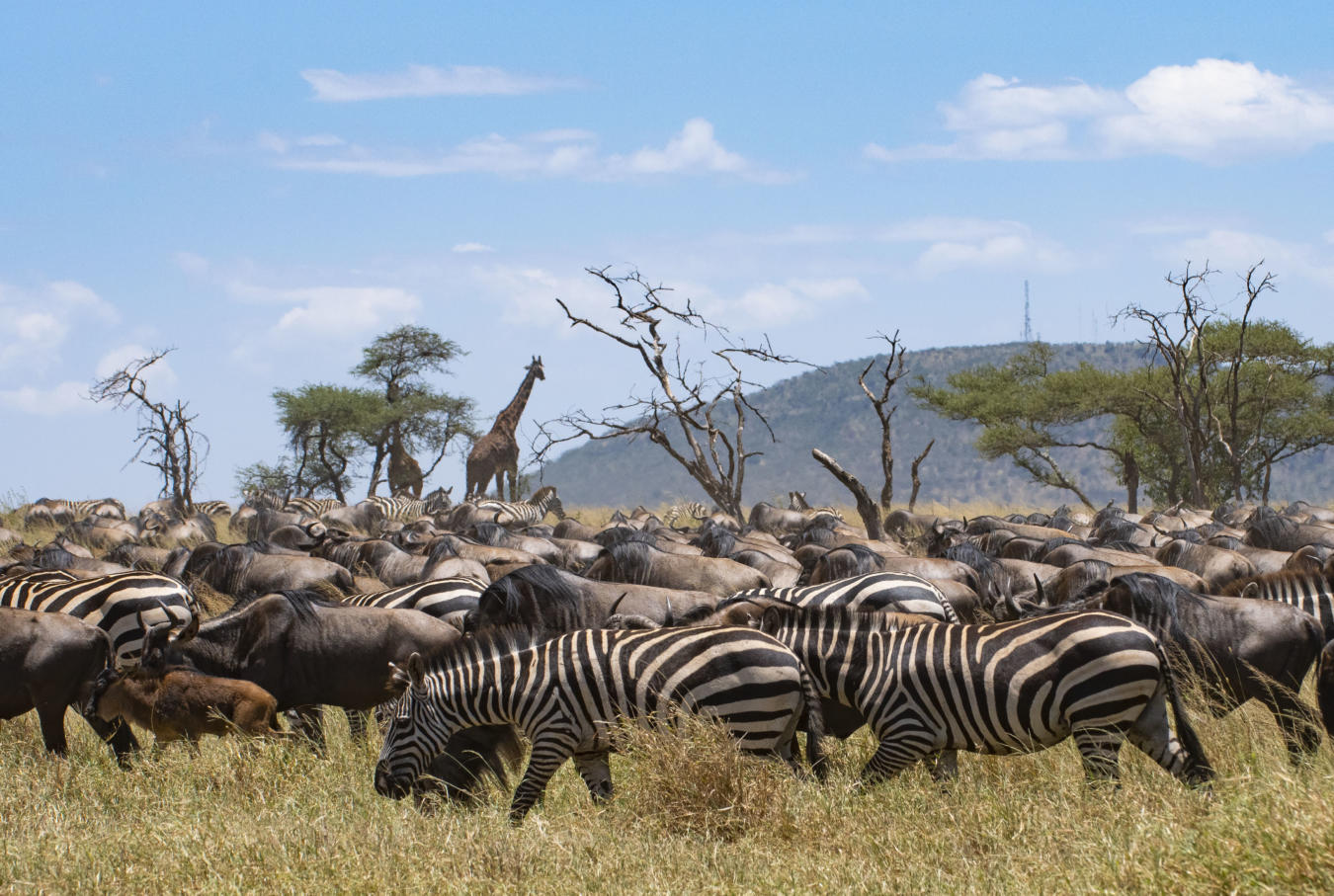
Keystone protected areas are vitally important for nature conservation and socioeconomic opportunity in Africa
Natural ecosystems provide immense value for biodiversity, communities, and climate mitigation. Recognizing this, all African nations signed the Kunming-Montreal Global Biodiversity Framework in December 2022, which calls for the conservation of 30% of land and oceans for nature by 2030. Also in 2022, at the first African Protected and Conserved Area Congress held in Rwanda, African leaders issued the Kigali Call to Action for People and Nature, which emphasizes the vital role of protected and conserved areas in contributing to economic development, supporting livelihoods and cultures, and safeguarding nature.
While landscape conservation requires a variety of instruments, legally designated and well-managed protected areas can play an important role by providing safe refuges for species that could rewild landscapes beyond their boundaries, as well as safeguarding critical ecosystem services for millions of people. Well-resourced conservation management of protected areas can radiate both conservation and economic benefits out into the broader landscape. As such, protected areas can become “keystones” for wider landscape conservation. Some protected areas are particularly important keystones.
In this article, we identify 162 existing protected areas in Africa that have the potential to collectively make a disproportionately large contribution to biodiversity conservation. For example, they make up ~2% of Africa’s protected areas yet cover ~33% of protected land and contain 71% of the threatened vertebrate species on the continent. We call these protected areas “Keystone Protected Areas” as they are critical to a wider arch of continent-wide conservation efforts and can spur action in the landscapes surrounding them. With this approach, we propose a way of thinking about identifying important areas that are both resilient and play a disproportionate role for biodiversity, and consequently providing ecosystem services.
This paper is the result of a research collaboration between African Parks Network, Frankfurt Zoological Society and Wildlife Conservation Society, as well as independent experts Ashley Robson and Peter Lindsey—supported by the Rob Walton Foundation. This report aims to provide a start to an ongoing conversation. Note that this document was not published in academic journals and not peer reviewed at this point.


